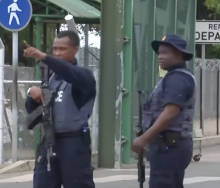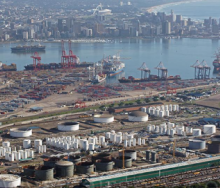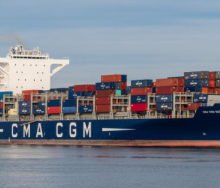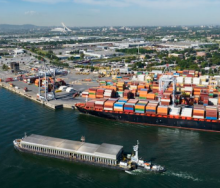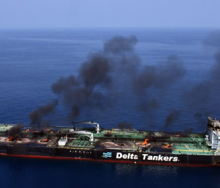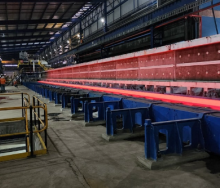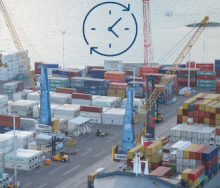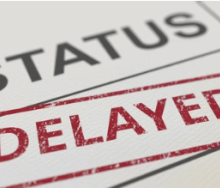Global growth is expected to be subdued, if not stagnant, in 2024 amid challenging market conditions, while global trade is also expected to be sluggish.
According to the World Bank global trade growth in 2024 is anticipated to be only half the average of the decade before the 2019 Covid-19 pandemic.
Investec head of logistics, Denys Hobson, said economic conditions for the year ahead were expected to be “quite volatile”.
“Inflation globally has been coming down and the market consensus is for interest rate cuts to come into effect later in the year; GDP growth is still muted. Added to this, current geopolitical tensions are high. While these tensions currently only have a direct effect on certain regional trade routes such as Europe-Asia, should they escalate, it certainly can destabilise global trade and supply chains in many ways,” Hobson said.
For example, the recent military strikes in the Red Sea have resulted in sea freight cargo being delayed in transit, and subsequently, companies have had to airfreight additional stock to compensate for the sea freight delays.
This pushes up the demand for airfreight, and with an increase in demand, the airfreight rates also increase. This leads to higher landed costs. Sea freight costs also increase on trades impacted by the current Red Sea situation because shipping lines have diverted vessels around the Cape of Good Hope, increasing transit times and costs while reducing their capacity and equipment availability.
“It is also an election year for more than 50 other countries this year and we know that, with this, it can create uncertainty in various forms such as investments and policy, but it also can bring about positive sentiment depending on the respective outcomes,” Hobson said.
He added that weather patterns were becoming more volatile and extreme and could have the ability to affect global capacity and routes.
“If we start to get significant increases in weather events for extended periods of time, we may experience disruptions to supply chains.”
From a South African perspective, the biggest concern is the efficiency of ports and rail infrastructure, while Transnet’s financial performance is worrying and key leadership positions still need to be finalised.
“If sustainable progress doesn’t get made soon, we may see further route and capacity changes on the South African in and outbound routes as it has become too expensive to have vessels stuck in ports for days and weeks,” said Hobson.
“Shipping lines could utilise their capacity more effectively on other trades if required. We may even see some remove direct sailings or only have limited sailings coming into South Africa, which will reduce available capacity and increase freight rates.”
The rand is also expected to remain under pressure, and with ongoing concerns around Transnet and load-shedding, investor confidence remains muted.
“While much is underway at Transnet to improve performance across multiple areas, we still don’t expect rail to operate efficiently this year, and it is likely still going to be a hindrance to the industry and South Africa’s economic growth,” said Hobson.
“To get it where it needs to be, with tangible change, it is going to require substantial collaboration across private and government sectors, as rail and ports need to work together to achieve meaningful change and progress. This, of course, will require clear policies, transparency, investment, and decisive leadership.”
Hobson said the country should be able to adapt much more quickly to supply chain shocks after learning from the lessons of the last few years. However, importers need to be cautious and to watch their costs closely, adjust lead times where required and examine ways of ensuring that working capital is effectively utilised.
He added that market conditions would eventually become more buoyant, which would open additional avenues and opportunities for growth both locally and abroad.


